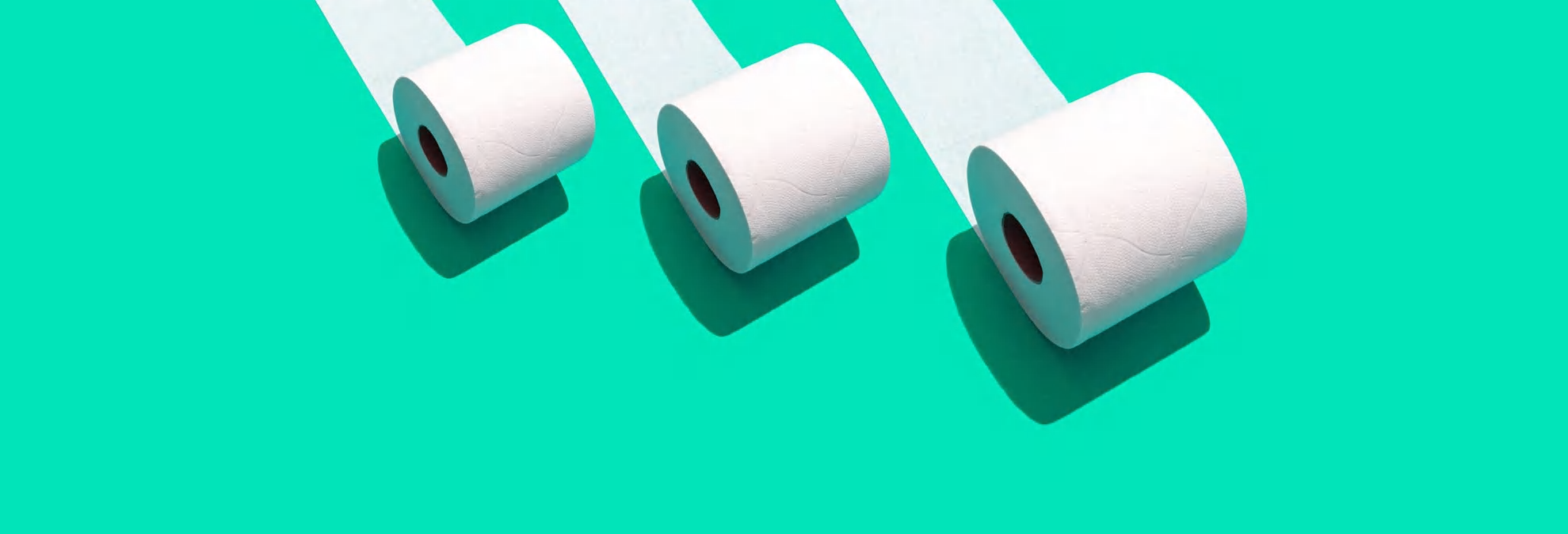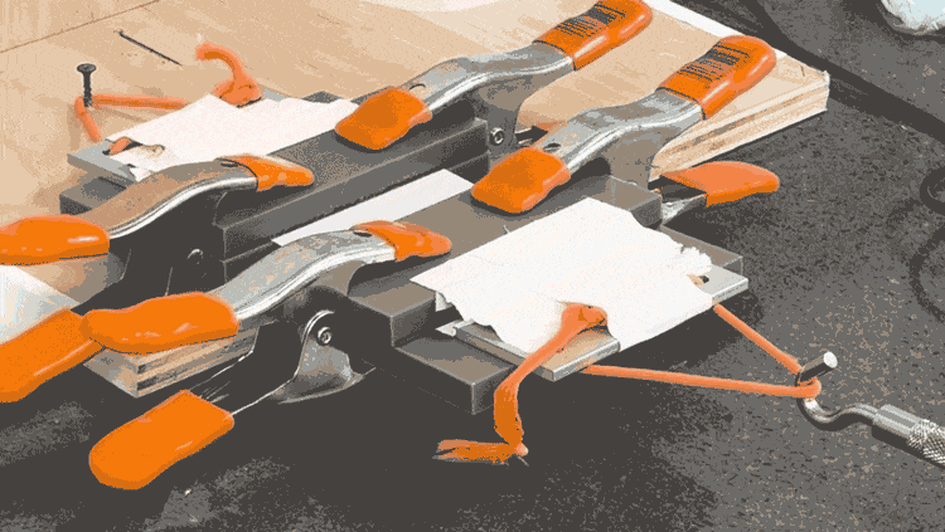
Toilet Paper Buying Guide

Senior Home & Trends Writer
People in the U.S. use a lot of toilet paper—and spend a lot on it, too, more per roll than anywhere else in the world. And researchers expect that number to continue to grow. Throughout the Americas, consumers bought 19 billion pounds of the stuff in 2023, according to a 2024 report by Statista Market Insights. Worldwide, people buy, on average, 13.4 pounds (or 6.1 kilograms) of toilet paper each year. No wonder toilet paper manufacturers want you to reach for their rolls.
If you’re buying that much, it should be the best. We tested some of the biggest national and store brands of toilet paper and found that you don’t have to pay the most for those that are strong yet soft—though the cheapest toilet papers are neither strong nor soft.
The Issues With Toilet Tissues
When it comes to toilet paper, brand recognition isn’t necessarily the best way to decide what to buy. Our latest tests found that one of the country’s top-selling toilet papers was linty and dissolved poorly, which could lead to clogging in some plumbing systems, while a bamboo toilet paper from an under-the-radar brand aced almost all of our tests.
Here are some things to remember:
Rolls are shrinking. “Shrinkflation” is how big companies raise per-unit product pricing that consumers might not notice. The practice, in which companies keep the prices of their products the same while reducing the size, is particularly rampant in the toilet paper market, according to a survey from Lending Tree, an online loan marketplace. Angel Soft Mega Rolls (a 12-pack) shrank from 429 sheets to 320 sheets each, a change of more than 25 percent, resulting in a 13.5 percent increase per 100 count in unit price for consumers. And while Charmin Ultra Strong Mega Rolls (a 24-pack) shrank 17.2 percent, from 286 to 242 sheets, the price rose by 31.4 percent. Whew!
Sustainability. We didn’t consider sustainability in our evaluations, but it may be something you want to take into account. According to the National Resources Defense Council, toilet paper from recycled pulp is much less harmful to the environment than other types. Post-consumer recycled content (or stuff that’s been thrown away by consumers and then recycled) is better than pre-consumer content (from manufacturing waste), although both are better than TP that isn’t from recycled material at all.
Bamboo TP is emerging as a more environmentally sound alternative to toilet paper made from traditional forest fiber, although there’s a wide range of sustainability in the sector. The best brands use bamboo that doesn’t come at the expense of natural forests and is made by companies that respect human rights in the production process.
Really want to commit to toilet paper sustainability? Consider a bidet, which can reduce the amount of TP you use. You can even buy a portable bidet for an on-the-go clean.
Stock up and save. Keep an eye out for TP sales and use coupons to lower costs. Larger packages often mean a reduced cost per roll. But look at your supermarket’s unit-pricing labels or the calculator on your cell phone to determine whether a 24-roll pack is actually a better deal than smaller ones that will take up less storage space.
Read our Best Toilet Paper review here.
The Paper Chase: What to Consider
Differences in toilet paper can be subtle. Balancing strength over softness is a manufacturer’s biggest challenge, especially for toilet paper made with recycled materials. Here are some things to consider.
Chlorine-free: The term is typically used to describe recycled toilet paper made in a way that doesn’t involve chlorine. Paper bleached with chlorine isn’t considered environmentally friendly because the chlorine can pollute air and water.
Green claims: You may find these on toilet paper made from recycled content or from trees cut from a responsibly managed forest using fibers that would otherwise end up in a landfill or incinerator. Some toilet paper is made with bamboo, which is more sustainable than TP made from forest fiber but may not be more sustainable than rolls made from recycled paper. If you’re concerned about the sustainability of your toilet paper, look for products with a label from the Forest Stewardship Council, which certifies that the paper comes from responsible sources.
Ply: This refers to the number of layers in toilet paper, typically ranging from one to three.
Strength: It refers to a toilet paper’s resistance to puncturing.
Tearing ease: This reflects the separation of sheets at their perforation.
Lintiness: This is the amount of lint that a roll of toilet paper produces. It can gather on shelves or toilet paper organizers and create an unsightly layer of dust. As we found in our tests, this is often a side effect of softness.

GIF: Consumer Reports GIF: Consumer Reports
How We Test
Think you’re picky about toilet paper? Consumer Reports used machines and specially trained testers to see which rolls combined strength, softness, and convenience.
How strong? To test the strength of each TP, we suspended a sheet of it between four metal clamps. We then pressed a ball into the sheet and measured the force when it fell through the paper. A higher force meant a stronger paper.
How soft? We checked for softness by dragging our fingers across the TP and making soft, circular motions over each sample with our fingertips, which helped form an overall impression of softness. Then we looked for pliability by gently scrunching the paper into a ball. The roughest, stiffest papers felt pointed, ridged, and cracked; the softest tended to be more pliable and conform smoothly to the hand.
How linty? To assess the lintiness, or dustiness, of each roll, we wrapped a sheet of toilet paper around a sponge twice, then rubbed it on squares of black velvet. The more white lint left behind on each velvet square, the more linty the roll.
Down the drain. To find out what happened once the toilet paper was flushed, we checked to see how easily it disintegrated. That gave us an idea of how well it would move through a home’s plumbing and septic systems. We also put a 2x2-inch-square section cut from a sheet of toilet paper and a 2-inch stirring bar into a water-filled beaker set on a stirring plate. The time it took for the sheet to disintegrate determined the score.















